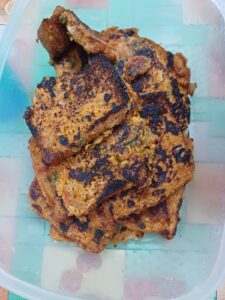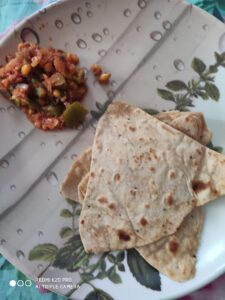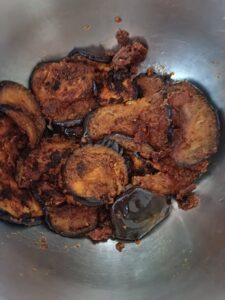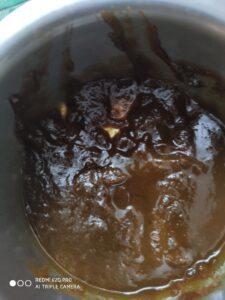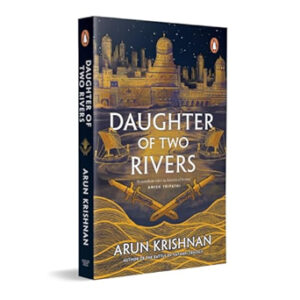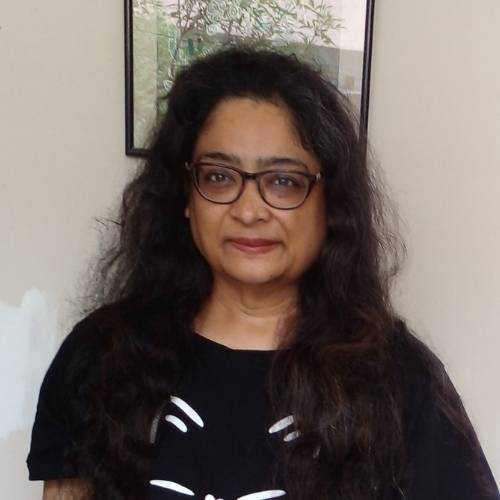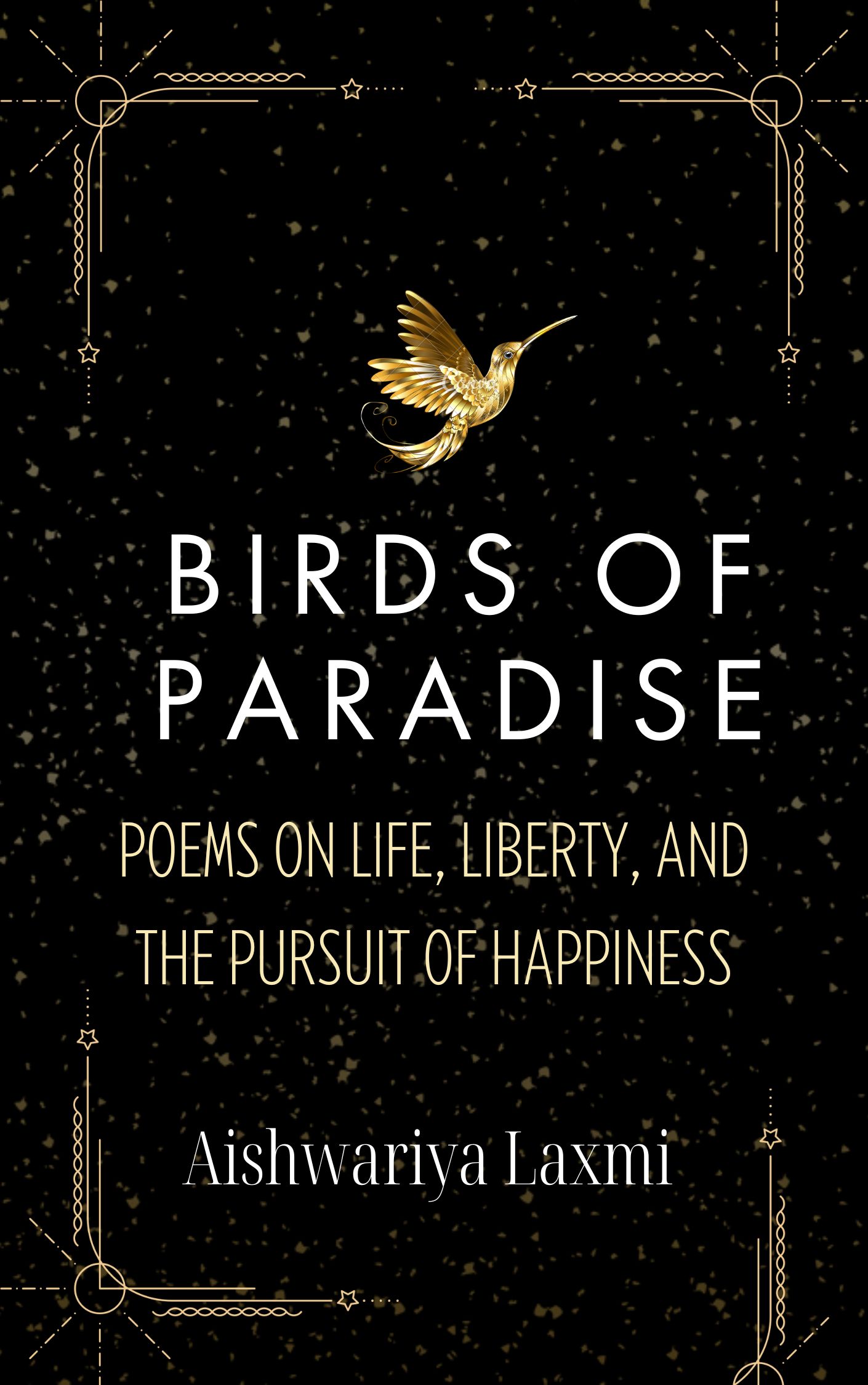The M Factor – Memoirs by Mothers – consists of nine stories by psychologists, home-schoolers, dance teachers, yoga practitioners, who have written a mix of personal essays, professional theories, and practical takeaways, combining the best of memoir and self-help.
Readers will gain new insights and perspectives on motherhood in a desi context.
I learned that when a child has a positive womb experience, it becomes an extrovert and when there is a slightly negative womb experience, it becomes an introvert. ( from the foreword)
I learned about organic pre-natal medicines, womb talk, Lamaze program for childbirth ( this I’d seen in countless western films) , and about the Golden Hour. The Golden hour is the first hour of a baby’s birth. Within that period it is essential for the mom and baby to bond through breastfeeding and skin contact. I learned about the holistic parenting model, which would combine aspects of iQ, EQ, and SQ – spiritual quotient.
In the Tao of Motherhood, Anubha talks about giving up control and letting something be. (Wu-Wei or non-doing.)Anubha also touches upon wabi sabi. She also talks about the need for children to be shown unconditional love and positive regard, to reference Carl Rogers, the American psychologist. Anubha talks about secure attachment which children form when there is a healthy bond between parent and child. This happens when all of the child’s emotions are accepted by the mother. When some of these feelings are suppressed in the child, it leads to the development of a shadow self. (A concept elaborated by Carl Jung). Anubha winds up her chapter with the realization that her son has secure attachment and she has healed some of her internal wounds through her motherhood journey.
The second piece, ‘May the fourth be with you’ by Rumi Sharma is the story of a Punjabi/New Yorker mom who has one child the natural way and adopts her second baby, a girl from an orphanage. Through this story, I found out about how protective the mom was of ensuring a secure attachment for her daughter. She cuts out friends and family who are not supportive, gets her husband to be hands-on, and ensures that in a month, the daughter is safely cocooned. I learned about ‘ Family Story’, which needs to be an ongoing conversation, especially with children below five years of age.
The third piece, ‘The Child Who Played Mamma’ by Mirabelle D’Cunha talks about how giving or taking birth are both violent and beautiful experiences. Mirabelle had childhood trauma since her dad was an alcoholic who also smoked and she grew up in a dysfunctional environment. Mirabelle coped by becoming ‘the most responsible child ever.‘ At the age of 25, she had a slipped disc, and she went to the Himalayas for yoga teacher training. She maintained a daily journal since she got pregnant. She had planned for a water birth but she eventually had a C-section. Her child was fed formula instead of breast milk. Her daughter was diagnosed with a possible ‘tongue tie’ a condition that restricts the child’s tongue’s range of motion. It turned out to be a posterior tongue tie. They underwent surgery.This story became a part of Untying Breastfeeding, an award-winning international documentary film. She practiced yoga and worked on her self-love to improve her relationship with her daughter.
The fourth piece, ‘How Pain Unfolds Life: After Death and Before Birth’ by Gowthami Subramaniam, discusses how the author struggles to deal with her dad’s death, with one relative even accusing her of it since she was the primary caregiver for her dad. With the arrival of her baby, she learns to accept pain. Her baby needs biodynamic craniosacral therapy, which she takes care of. Through grief, she finds gratitude. Through loss, she discovers renewal.
In the fifth piece, ‘Motherhood: A Story of Resistance’ by Namrata Nair, we are taken through her motherhood journey. Shivansh was hospitalized 15 days after birth. He recovered soon. Namrata Nair is a certified trainer in hatha yoga, medical yoga, power yoga and pilates. She feels yoga has helped her in her motherhood journey. Shivansh experienced resistance to structure, schooling and learning and he was diagnosed with dyslexia but with a high IQ. Namrata changed her son’s school and things improved. She says yoga has taught her to be detached and not panic.
In the sixth piece, ‘Tukuna Mai Te Aroha’ by Meher Malik, the author first heads out on a journey of self-discovery to Thailand, Indonesia , Australia and New Zealand. She gets a tattoo in Maori, ‘ Tukuna Mai Te Aroha’ which means bring forth the love. When she gets back from her trip, she finds the love of her life. When they decide to get pregnant, she attends a hypnobirthing class, planning for a water birth. But she is advised to get herself admitted for a guarded induction. Her placenta is too close to the cervix, so she undergoes an emergency C section. She gives birth to a beautiful baby girl. She thinks of herself as a mommy monk.
In the 7th piece, Whisperings of the Womb by Megha Deuskar, the author talks about her pregnancy at twenty-three. She was diagnosed with malaria in the fourth month. The doctors altered her to the possibility of the baby being born deaf. She delivered a full-term, happy and healthy baby. She writes about intrauterine experiences of the baby.
In Chapter 8, ‘The Root: The Only Way to Heal the World’ by Effath Yasmin, the author writes about transgenerational trauma. How our unhealed wounds are passed on to the next generation. She experienced two miscarriages and then carried twins, one of whom died. The other one was a high-risk pregnancy. She talks about womb -healing meditation and mentions that she has counselled 800-900 moms.
In Chapter 9, or a Motley Memoir of My Motherhood Memories by Tripura Kashyap, the author talks about becoming a mom to a 10-year old, her husband’s daughter from a previous partner and then giving birth at 42 and the influence of dance and Buddhism on her pregnancies.

Review copy from Penguin Random House.
Anubha Doshi is an award-winning entrepreneur, psychologist, educator and author.


